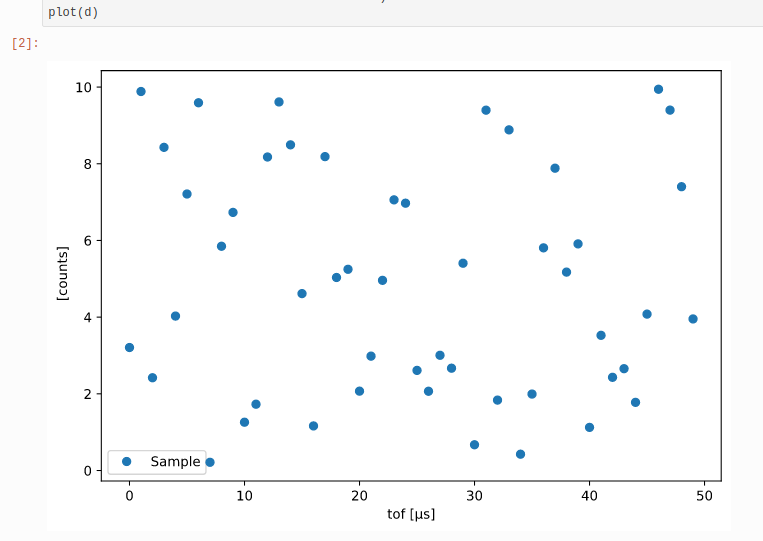Interactive figures in sphinx/readthedocs?
See original GitHub issueHi,
I was wondering if it was possible to embed the interactive figures in the sphinx documentation pages.
All the ipywidgets are visible and interactive in the doc pages (https://ipywidgets.readthedocs.io/en/stable/examples/Widget List.html).
I tried building my documentation with ipympl instead of the inline backend, but only the control buttons are showing up, not the figure:
 instead of
instead of
 with the
with the inline backend.
I’m thinking in principle, the figure is just using some javascript to display it in jupyter, so it should also be possible to show it in the doc pages. Many thanks for any help.
Issue Analytics
- State:
- Created 3 years ago
- Comments:8 (5 by maintainers)
 Top Results From Across the Web
Top Results From Across the Web
Sphinx Charts — sphinx_charts: Interactive charts and graphs ...
“Sphinx Charts” ~ Interactive charts, graphs and figures in Sphinx, using plot.ly and D3. Cannot load figure data!!! Don't even get me started....
Read more >Sphinx Documentation - Read the Docs
Sphinx is a documentation generator or a tool that translates a set of plain text source files into various output formats,.
Read more >Documenting with Sphinx and Readthedocs - Python for the Lab
It is so robust that allows you to check for help in the interactive console, it can be used for testing your code...
Read more >Welcome to Sphinx-Gallery's documentation! — Sphinx ...
Creating a basic Gallery by automatically running Python files, capturing outputs + figures, and rendering them into rST files ready for Sphinx when...
Read more >Document Your Scientific Project With Markdown, Sphinx, and ...
Integrating Jupyter notebooks (10 minutes) Using Jupyter notebooks as pages for the Sphinx documentation, tips and tricks for interactive ...
Read more > Top Related Medium Post
Top Related Medium Post
No results found
 Top Related StackOverflow Question
Top Related StackOverflow Question
No results found
 Troubleshoot Live Code
Troubleshoot Live Code
Lightrun enables developers to add logs, metrics and snapshots to live code - no restarts or redeploys required.
Start Free Top Related Reddit Thread
Top Related Reddit Thread
No results found
 Top Related Hackernoon Post
Top Related Hackernoon Post
No results found
 Top Related Tweet
Top Related Tweet
No results found
 Top Related Dev.to Post
Top Related Dev.to Post
No results found
 Top Related Hashnode Post
Top Related Hashnode Post
No results found

Hi Martin,
Thanks for the swift reply. I see, so everything is done on the kernel side. Now that i’m looking at it again more closely, I can indeed see that the kernel is working when i’m panning/zooming. And this is also the case for the classical
notebookbackend.Ok, it’s not a huge deal, I thought it would have been nice to be able to use a single backend for everything. Right now, i’m having to juggle between 3 different backends: the
nbAggfor the classical notebook, theipymplfor JupyterLab, andinlinefor the docs.If you are interested (i know you guys at QuantStack like working with C++), we are working on a library for multi-dimensional arrays which is similar to
xarraybut with a C++ core under a python interface: https://scipp.github.io/index.html. So it’s also similar toxtensorbut with the added labeled dimensions.Cheers
Hi Martin, Yes we looked at
xframealso (actually, it was probablyxframeI wanted to reference in my post above, instead ofxtensor), and we decided it was still a bit too early in development to rely on it for our science program. It would also have probably taken some time before we could incorporate changes such as event data (basically like a vector of arbitrary length vectors), physical units, and uncertainty propagation, all of which we needed from basically day 1. The lazy evaluation is, however, a really nice feature that we are still missing. We are keeping an eye on how things develop. Cheers.